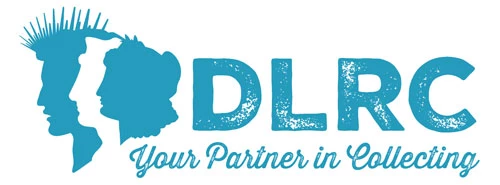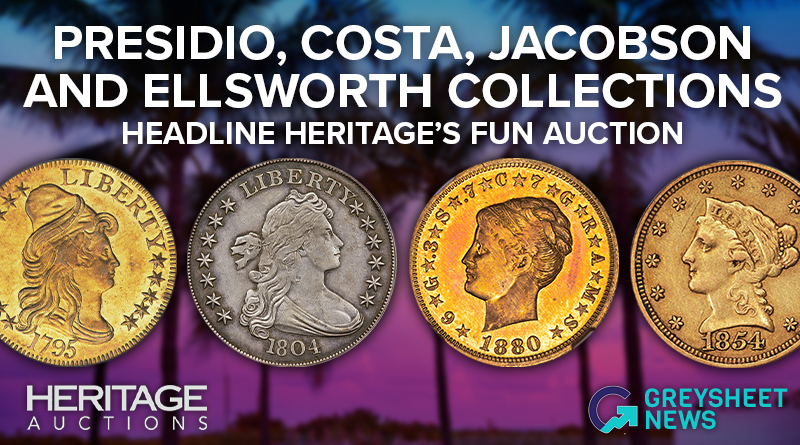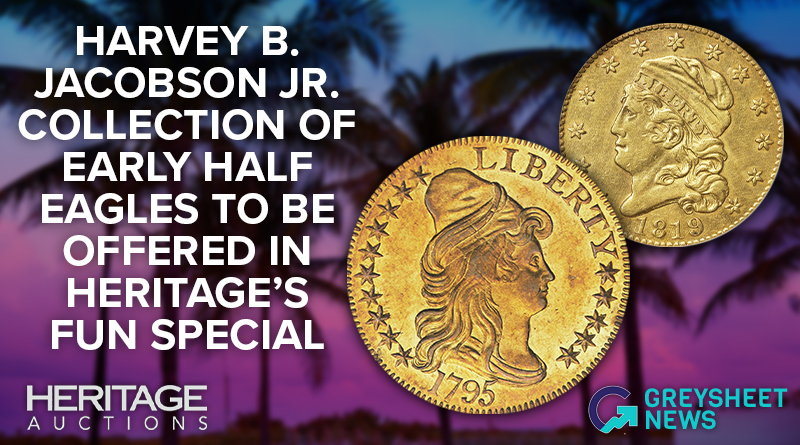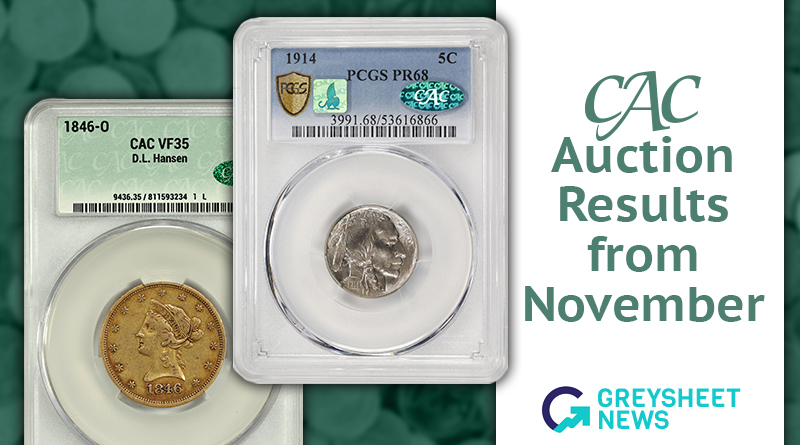Greysheet & CPG® PRICE GUIDE
- U.S. Coins /
- Pattern Coinage /
-
Patterns (1922) Values
Year
Sort by
About This Series
History and Overview
Early in 1922, patterns were made of a medium-relief version of the Peace silver dollar, as the high-relief style employed in 1921 had caused problems in fully striking up the detail at the centers.11 Between January 5 and 23, coinage of 35,401 took place of the modified design—apparently a long run intended to test high-speed quantity production. Nearly all were melted. The only known specimen, authenticated by the Numismatic Guaranty Corporation of America (NGC) in 2001, is design-linked to the reverse of the 1922 Matte Proof high relief coins in the style of 1921 (in the Norweb Collection and others). The design modifications for the medium-relief patterns and the low-relief production coins were made by George T. Morgan with the knowledge of Mint Director Raymond T. Baker and independent artist James Earle Fraser, but the designer, Anthony deFrancisci, was not part of the change.
Trial production of low-relief issues for circulation began in late January. Those made for the first several weeks have slightly sharper obverse lettering than do the subsequent issues. The reverse also differs by the configuration of a gap between the olive branch and the eagle’s talon. After these had been made, on February 14, 1922, Fraser approved the low-relief design and permitted the coins to be released into circulation. They were subsequently made at all three mints—Philadelphia, Denver, and San Francisco. These are regular issues and today are easily obtainable in all grades, although the variety is not widely known.
Trial strikings were made of the 1922 Grant Centennial commemorative gold dollar. It is not known if these are of the without-star or the with-star variety.
Catalog Detail
Legal Disclaimer
The prices listed in our database are intended to be used as an indication only. Users are strongly encouraged to seek multiple sources of pricing before making a final determination of value. CDN Publishing is not responsible for typographical or database-related errors. Your use of this site indicates full acceptance of these terms.
| Patterns (1922) | Value Range | Favorite | |||
|---|---|---|---|---|---|
| Patterns (1922) | Value Range | ||||
|
-
|
||||
|
$53,000
-
$540,000
$53,000 - $540,000
|
||||
|
-
|
||||
|
-
|
||||
|
-
|
||||
From the Greysheet Marketplace
Buy Now: $3,695.00
Buy Now: $2,890.63
Buy Now: $120,000.00
Buy Now: $38,900.00
Buy Now: $5,500.00
Buy Now: $37,000.00
Buy Now: $3,121.88
Buy Now: $37,000.00
Buy Now: $31,500.00
Buy Now: $125,000.00
Related Stories (powered by Greysheet News)
View all news
Greysheet Catalog Details
History and Overview
Early in 1922, patterns were made of a medium-relief version of the Peace silver dollar, as the high-relief style employed in 1921 had caused problems in fully striking up the detail at the centers.11 Between January 5 and 23, coinage of 35,401 took place of the modified design—apparently a long run intended to test high-speed quantity production. Nearly all were melted. The only known specimen, authenticated by the Numismatic Guaranty Corporation of America (NGC) in 2001, is design-linked to the reverse of the 1922 Matte Proof high relief coins in the style of 1921 (in the Norweb Collection and others). The design modifications for the medium-relief patterns and the low-relief production coins were made by George T. Morgan with the knowledge of Mint Director Raymond T. Baker and independent artist James Earle Fraser, but the designer, Anthony deFrancisci, was not part of the change.
Trial production of low-relief issues for circulation began in late January. Those made for the first several weeks have slightly sharper obverse lettering than do the subsequent issues. The reverse also differs by the configuration of a gap between the olive branch and the eagle’s talon. After these had been made, on February 14, 1922, Fraser approved the low-relief design and permitted the coins to be released into circulation. They were subsequently made at all three mints—Philadelphia, Denver, and San Francisco. These are regular issues and today are easily obtainable in all grades, although the variety is not widely known.
Trial strikings were made of the 1922 Grant Centennial commemorative gold dollar. It is not known if these are of the without-star or the with-star variety.
Catalog Detail
Legal Disclaimer
The prices listed in our database are intended to be used as an indication only. Users are strongly encouraged to seek multiple sources of pricing before making a final determination of value. CDN Publishing is not responsible for typographical or database-related errors. Your use of this site indicates full acceptance of these terms.








 Loading more ...
Loading more ...











